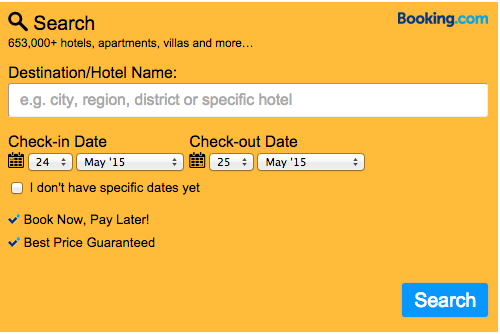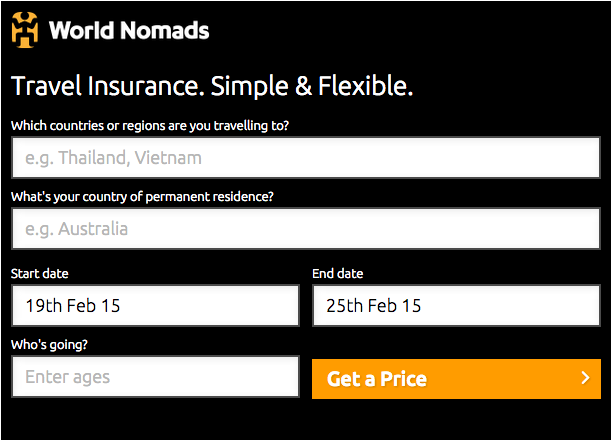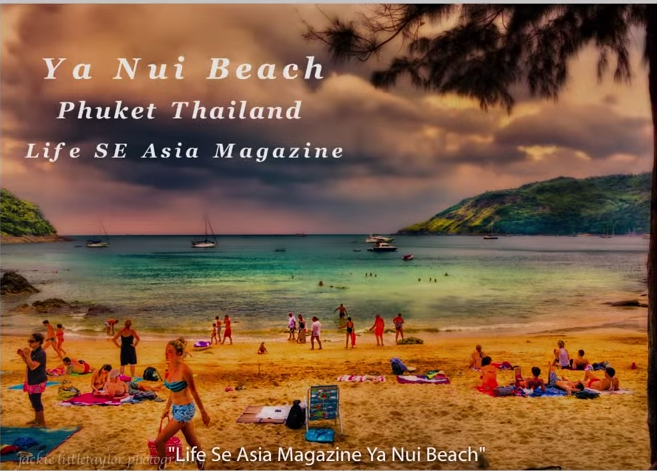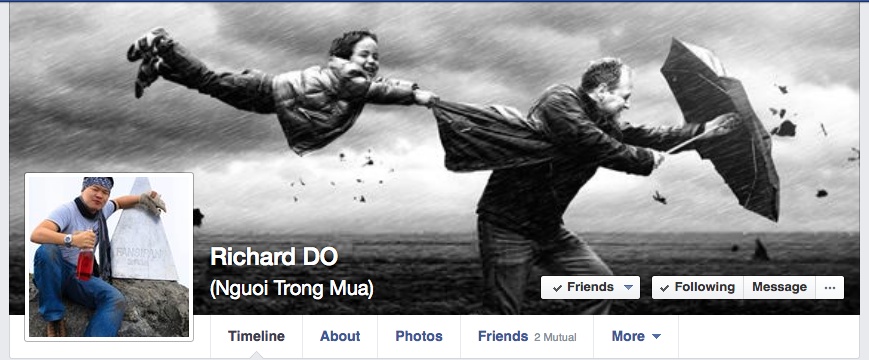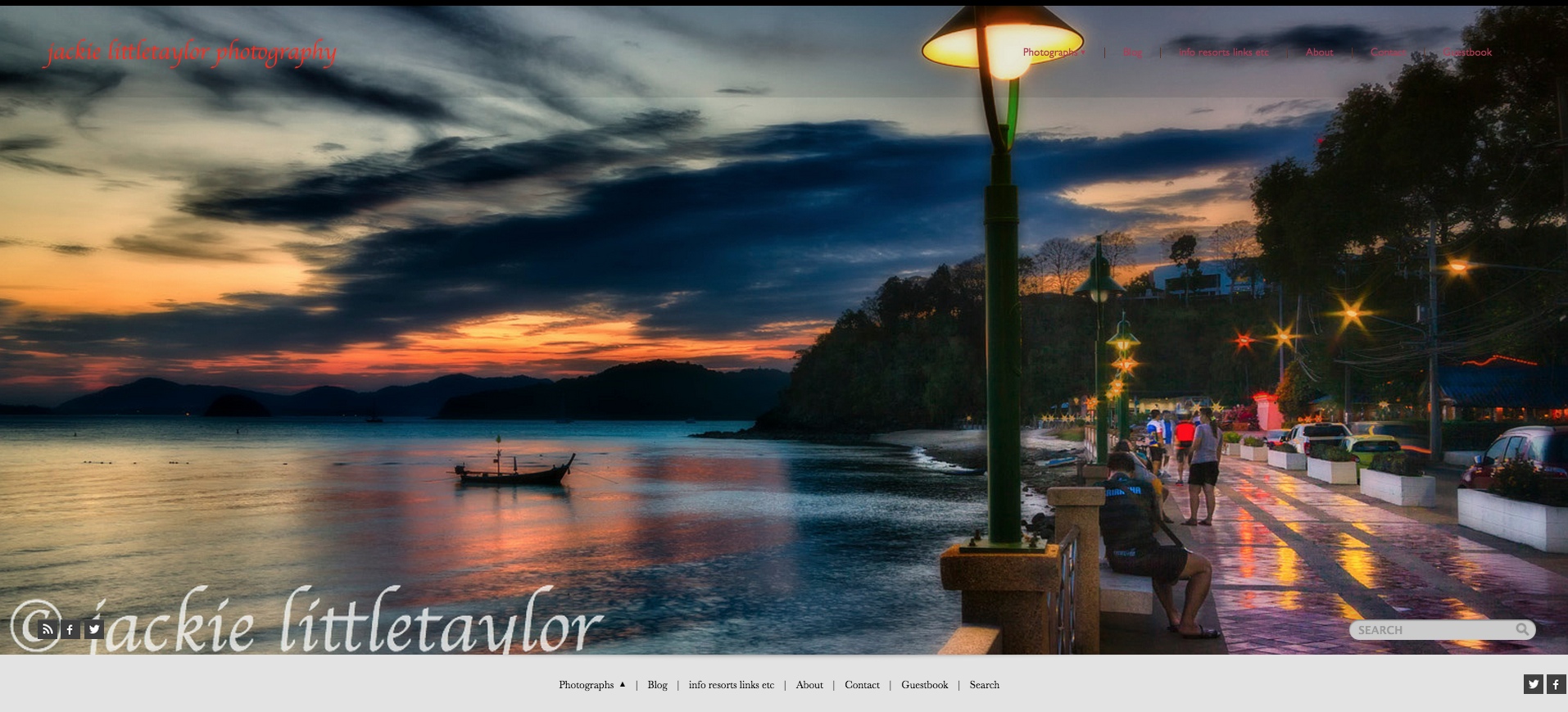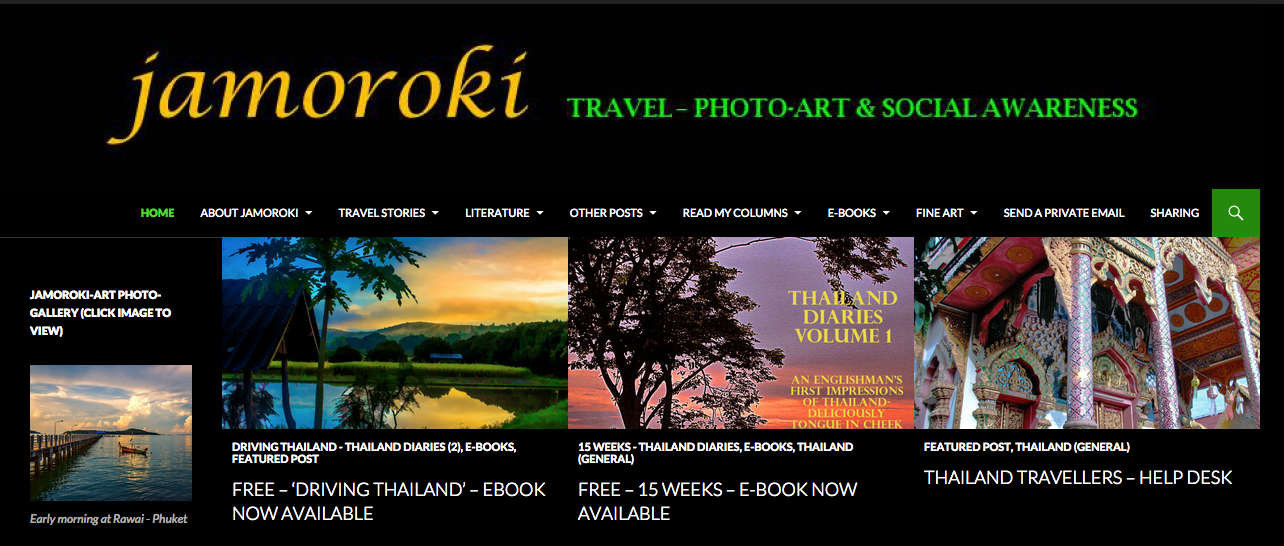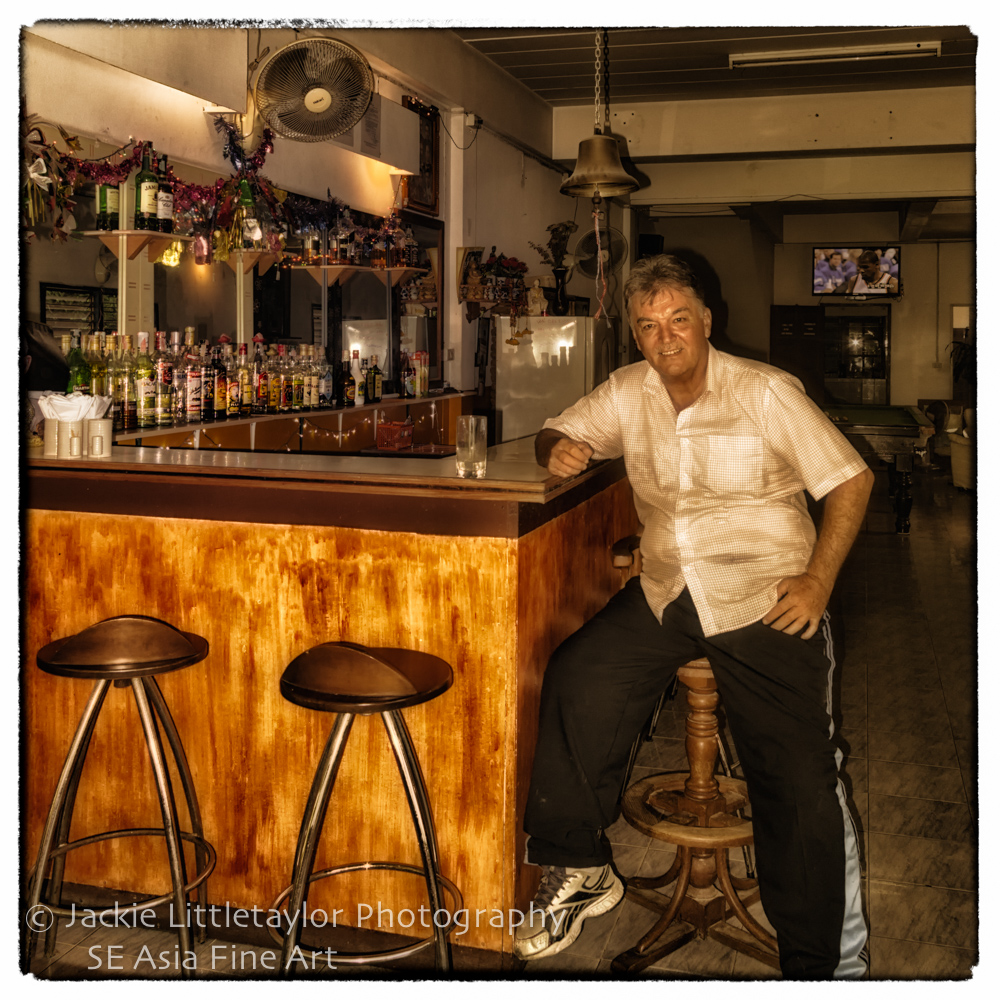Travel by Bus Thailand
Bus travel in Thailand is economical and they go just about every where. I live in Phuket and travel to BKK couple times a year and have always travel by bus. There are 2 basic bus seating layouts. The regular which is cheaper, 4 seats across. The VIP which is only 3 seats across and seems there is more leg room especially on the lower level. Another suggestion esp in BKK only use a meter cab at the bus station, there plenty non meter that will hustle you as you get off the bus. Most of the VIP buses in Thailand are run by private operators and the quality of service can vary quite markedly. Some companies such as Nakhon Chai Air, The Transport Company and Green Bus Company have very good reputations and I have used their VIP bus services myself on different occasions and been pleased with their service. These types of buses run by reputable companies are used by local Thai people as well as expats and well-informed travellers. With the ordinary buses in Thailand, you can often buy tickets right up until the time the bus is scheduled to leave. However, that is not always the case with VIP buses where there are a limited number of seats and a limited number of services. I would personally recommend buying your ticket for a VIP bus at least a day before you travel. On couple occasions I bought the ticket at the counter and when ready to board the bus the lady that seats you tried to give me a different seat. I prefer sitting on the lower level and traveling by myself the single seat on VIP. On VIP buses you can expect reclining seats, footrests, hostess service, toilet facilities and video screens. You will also notice you have been supplied with a blanket. I’ve seen some tourists in shorts and t-shirts laughing at the thought of a blanket. An hour into the journey, the laughs are gone and the blanket is out. Air-conditioning on Thai VIP buses seems to have two settings; very cold and freezing. On long distance trips you will be provided with complimentary snacks and drinks during the journey and about half-way in there will normally be a refreshment stop of 20-30 minutes. The hot meal you will be provided with at this stop is also included in the price of your bus ticket.
There are 3 main bus station in BKK
Mo Chit (Northern Bus Terminal) – services to the north and north-east e.g. Chiang Mai, Chiang Rai, Nong Khai.
Sai Tai Taling Chan (Southern Bus Terminal) – services to the west and south e.g. Kanchanaburi, Ko Samui, Krabi, Phuket. This bus terminal is the newest and I recommend it. Has some nice shopping and eating places.
Ekamai (Eastern Bus Terminal) – services to the eastern seaboard e.g. Pattaya, Rayong, Trat, Ko Chang.
Some resources:
Getting around Thailand by Bus
Nakhon Chai Air Bus Company In my experience the best company The web site is in Thai but still useful and can be translated
The Green Bus Company
Mass transit in BKK
Skytrain (BTS)
The Skytrain is an efficient and convenient way to navigate around the inner city, at a cost low enough to relax and enjoy the ride, though not cheap — short distances are about one dollar or slightly less, while longer distances are the equivalent of $1.50. It is a very high tech, modern and smooth elevated train that runs through the main business districts, but doesn’t go ’everywhere’ (i.e taxis and tuk tuk rides may still be needed depending upon your itinerary). Train stations are well marked and well tended and trains run very often, with little or no wait times. Many hotels are just a short walk away from a stop so check your map to see if the Skytrain is your best option for returning to your hotel, or better yet — book a hotel near the skytrain in order to avoid the horrible Bangkok traffic. You can take the skytrain to the river and then use the river boats to visit the Grand Palace and other major sites. It may be worth buying a ticket that you can charge up by adding more money to it and recharge when you like so as to save queueing for tickets or for change for the machines, though it may be difficult to figure out how to do this. Skytrain does not cater well for disabled people, being elevated and access generally being by steps and escalators. Elevators for disabled people are available at many stations though so it is possible to take these if you check in advance which stations have them. The service ends at midnight. Skytrain was recently extended further west, on the west side of the river for several stops. If you stay near Siam Center, an interchange between the two skytrain lines, using skytrain as transportation to many places becomes easy and very quick. Here is their English language website: http://www.bts.co.th/en/index.asp
Subway (MRT)
The Subway (MRT) is a welcome addition to the Skytrain and gives access to more areas than the Skytrain already does. There are interchange stations at Silom and at Asoke where you have the possibility to change from the subway to the Skytrain and the other way around, but the systems are independent of each other and not very handy to use in tandem. Magnetic chips and cards can be bought at the counter or the available machines. Cards can be recharged at the counter with any amount once they are used up. Here is their English language website:http://www.bangkokmetro.co.th/index.a…
BRT Bus
A single route Bus Rapid Transit system is now open, see http://www.tripadvisor.com/ShowTopic-…
Public Buses
There is a huge network of public buses in the city, but little English language route information is available, though they are not difficult to figure out. Few tourists will opt for local buses when other options are available, but the adventurous tourist will be rewarded with good and very inexpensive cultural experience when riding the bus. Tell the conductor your stop and he will let you know when to exit. For information on Airport Buses, see the “Top Thailand Questions” in the Thailand forum, or the “Top Bangkok Questions” in the Bangkok forum. Sites with city bus route info:http://www.bmta.co.th/en/index.php, http://www.transitbangkok.com/.
Taxis
Taxis are cheap and fares start at 35 Baht. Make sure the meter is on and showing 35 baht, though it is often difficult to convince the driver to do so. All taxis are metered but some drivers will try to negotiate a fixed fare with tourists. This is not allowed and should not be done. In this case leave the taxi immediately and find another one. There are enough taxis available everywhere. Late at night, taxis are the most convenient as the Skytrain and Subway do not operate after midnight. Be aware that you can get stuck in some major traffic jams during morning and evening rush hours, especially on a Friday and with the civil unrest and protests taking place in Bangkok now, traffic blockages are becoming common. The meter runs on a combination of both distance and time, so the BTS or MRT are always a better bet if it covers your destination. Taxis are mainly saloon cars with a large part of the trunk (boot) taken up by a natural gas tank. The colours of the cab indicate which co-op they belong to.
Chao Phrya River Express Boat
In a city teeming with traffic like Bangkok, an even easier way to experience a bit of Bangkok is to hop on the Chao Phrya Express boats that run along the river in both directions. A boat runs at least every 20 minutes, but in the rush hours and during high season they run about every 5 minutes. For 20 baht you could ride the express boat for locals from the “Central Pier” (Ta Sathorn Pier, under the Saphan Taksin BTS station) all the way to the end of the line at Nonthaburi, a fascinating journey of about an hour. It’s also a fast way to get to the Grand Palace at Ta Chang Pier, and other interesting locations. Here is their English language website: http://www.chaophrayaboat.co.th/. From the central pier it is often difficult to find the locals boat and, instead, tourists are ushered on the tourist boat which costs 40THB for any segment. Tourists are urged to purchase 150THB on and off unlimited cards for the day, but unless you take four segments, these do no pay for themselves. Try to get onto a local’s boat at some time and experience how efficiently they bang into the piers and on and off load their passengers, and then quickly take off again. There are cross river ferry boats from several of the piers to visit Thorburi and Wat Arun.
Motorcycle Taxi
For shorter distances motorcycle taxis can be found on many street corners. This is helpful especially for accessing the Skytrain or the Subway. Prices normally range between 15 and 40 Baht. However as a foreigner you are 99% likely to be overcharged. Just walk up to the driver, tell him where you want to go. If you want to go to the subway or skytrain use either “BTS” for the Skytrain or “MRT” for the subway. These are the short names that the drivers will understand. The driver is supposed to supply you with a helmet and you are supposed to wear it. If he doesn’t and/or you don’t, you are turning an already highly dangerous ride into a suicide trip. Fumes in traffic are also bad and there are numerous scams of tourists taking Not really recommended.
Tuk Tuk
Some may believe that your Bangkok trip is incomplete if you do not ride just once in a Tuk Tuk, but you may want to save this experience for a less congested city where the fumes are not so bad, and the danger less. This is a motorized three wheeler which is seen all over the city. Since it does not have a meter, all the price has to be negotiated. its not recommended to use them as a normal form of transport as for tourists a taxi is cheaper, safer, and has air-conditioning! Be aware that aound the main tourist areas, some Tuk-Tuk drivers are not honest and will lead you into a shopping or other type of scam often by lying to you about major attractions being closed. These drivers will also sometimes drop you off in the wrong area, saying that you just need to walk up the road to get to where you want to be - if you do not recognize where you are, insist he drop you where you agreed to. If not, say “no pay”. Either he will then drop you off at the correct place, or he’ll realise you caught him trying to trick you and he’ll say “no pay”. Get off, get a taxi - they are safer, cheaper, more reliable.
Resources:
BTS
Transit Bangkok all in one guide
Requirements for driving car and motorbike:
CARS Although the hire company should ask for an IDP, you may be just asked for a Driving Licence. Remember it is the hirer’s responsibility to ensure compliance with the legal driving licence requirements not the hire company. When you hire a car usually you will be invited to accompany the hire company representative to inspect the car and agree any existing damage to the vehicle which is marked on a diagram on the rental agreement. You may find it useful to take photos as well to avoid any disagreement when you return the vehicle. Payment is usually by credit card but cash may be accepted. Payment by credit card can prove useful in case a dispute arises over the provision of the hire service. It is required by Thailand to have an international DL to be legal or a Thai DL.
MOTORCYCLES - SCOOTERS - MOPEDS
The only documents a motorcycle rental company will uniformly insist on is CASH MONEY. To be legal
- A national motorcycle drivers licence issued in your home country, valid for a motorcycle AND,
- An International Driving Permit.
They will have little, or no interest in licences, international driving permits, or your current level of intoxication.
Some good tips taken from Trip Advisor
- You must carry your National Licence, in case of an accident, or interaction with the Thai Police.
- You can not drive intoxicated by drugs or alcohol.
- Helmets are mandatory. You must wear one, and so must a pillion passenger.
- Helmets are usually provided as part of the rental, if so, make sure it fits properly or ask for another.
- Failure to wear a helmet will bring you to the attention of Police - you will be fined at best.
- Wear protective footwear and clothing to give you some protection should the worst happen.
- The motorcycle MUST have a tax sticker, registration plates, vehicle registration book, and third party insurance.
- Motorcycle hire services are available almost everywhere, with rates starting at about 150฿ per day.
- A cash security deposit of around 1000฿ (ensure you get a receipt) is often required.
- Only use reputable hire companies, and check that they are licenced to hire bikes to tourists.
- Before accepting your rental, do an extensive walk-around visual inspection of the vehicle.
- Note ALL defects or pre-existing damage with the vendor, BEFORE you accept the contract, and leave the premises.
- Take photos from all angles of the rental before you leave, to protect yourself should there be any dispute about damage later on.
- It is NOT ADVISABLE to surrender your PASSPORT to the rental agency as rental return security.
- Have a passport photocopy on hand instead, to satisfy the hire company.
- If a hire company insists on having your original passport, hire from someone else.
- Obey all Thai traffic rules and signs, remain vigilant and always drive defensively.
- Driving at night is considered to be particularly dangerous.
- Motorcycles in Thailand are routinely operated by children as young as 12, so you must remain vigilant and always drive defensively.
- If you don’t ride a motorcycle in your own country, Thailand is NOT the place to learn.
- Vendors will happily hire you a motorcycle whether you have the appropriate permit and licence or not.
- Rarely will the bike you have hired be covered for damage, you are usually liable for all damage and more than likely to other vehicles involved, although some personal injury insurance to the other party is mandatory in the annual tax paid by the hire company for each bike. It is worth repeating that if you are involved in an accident, with property damage or personal injury to any party, be aware that if the Thai Police and/or Insurance Company discover that licencing and permit documents are not in order, you may feel the full force of the law, and may have any insurance cover invalidated (if there is any). You may also be required by the Thai authorities, to post a LARGE cash bail amount to cover any liability you may incur. If the other party was at fault but does not have insurance, you are still liable for the repair costs to the hired machine.
To get a Thai DL here is the LINK Welcome to drive in Thailand




